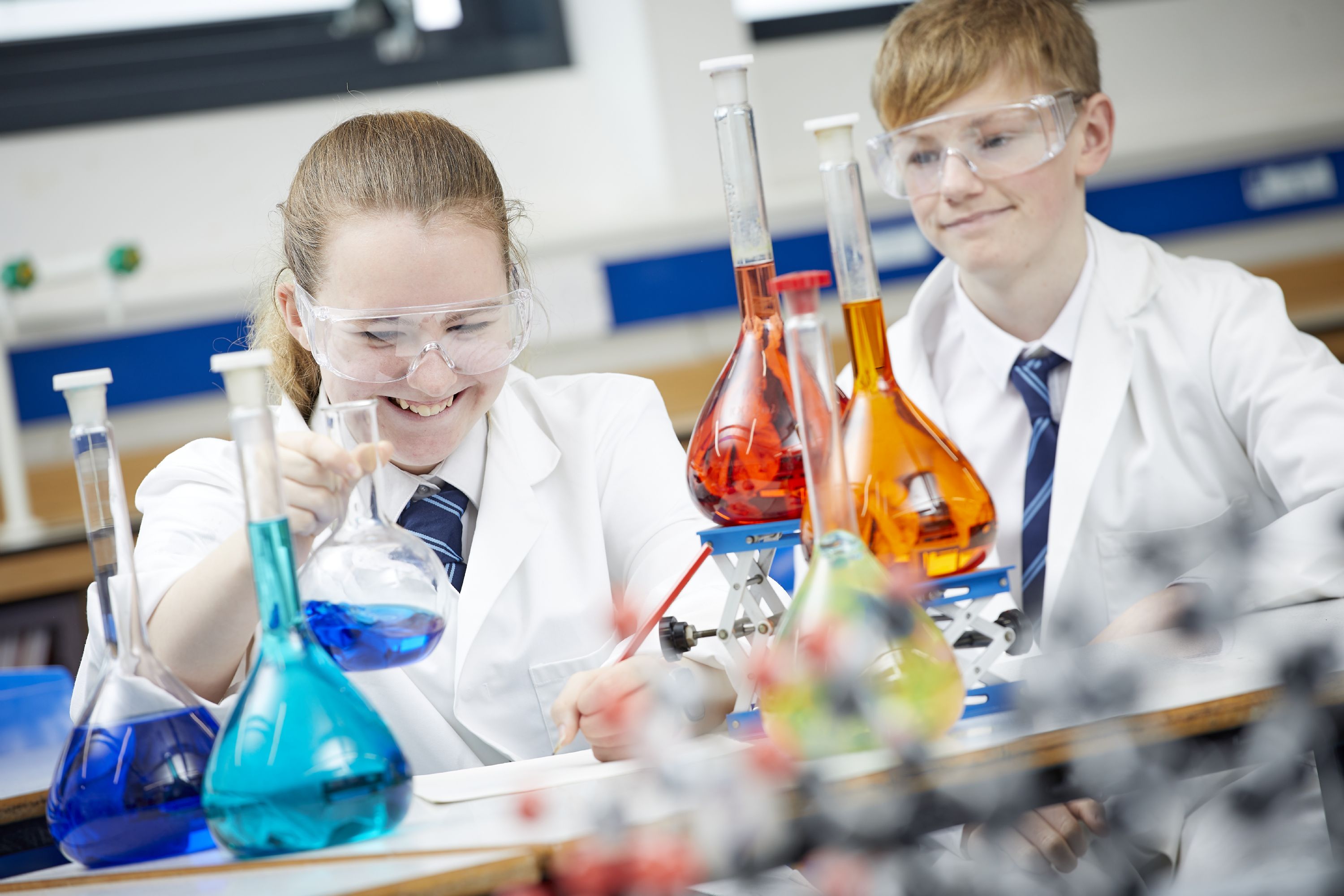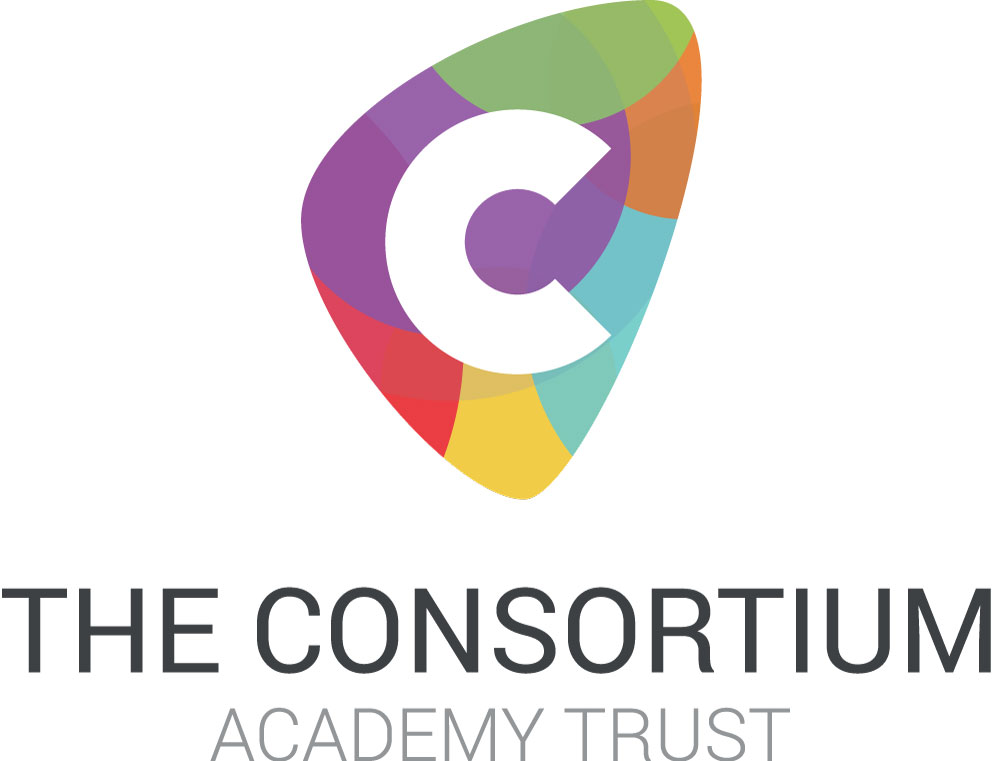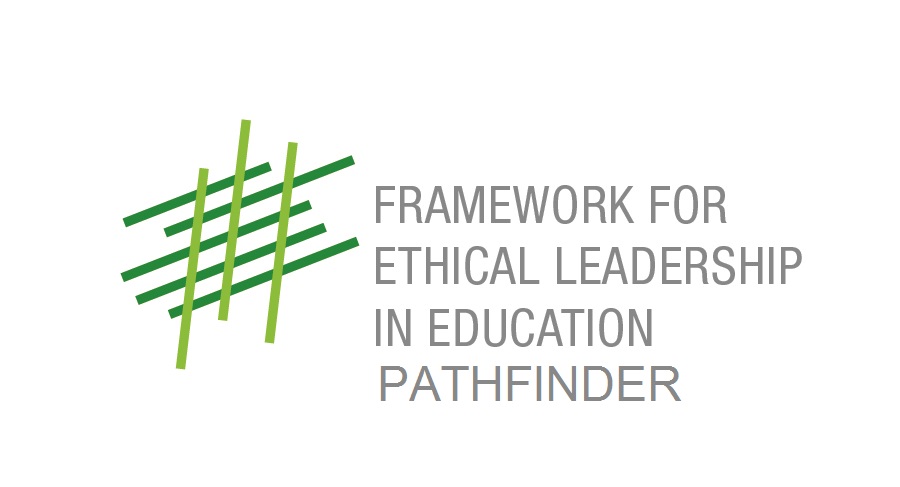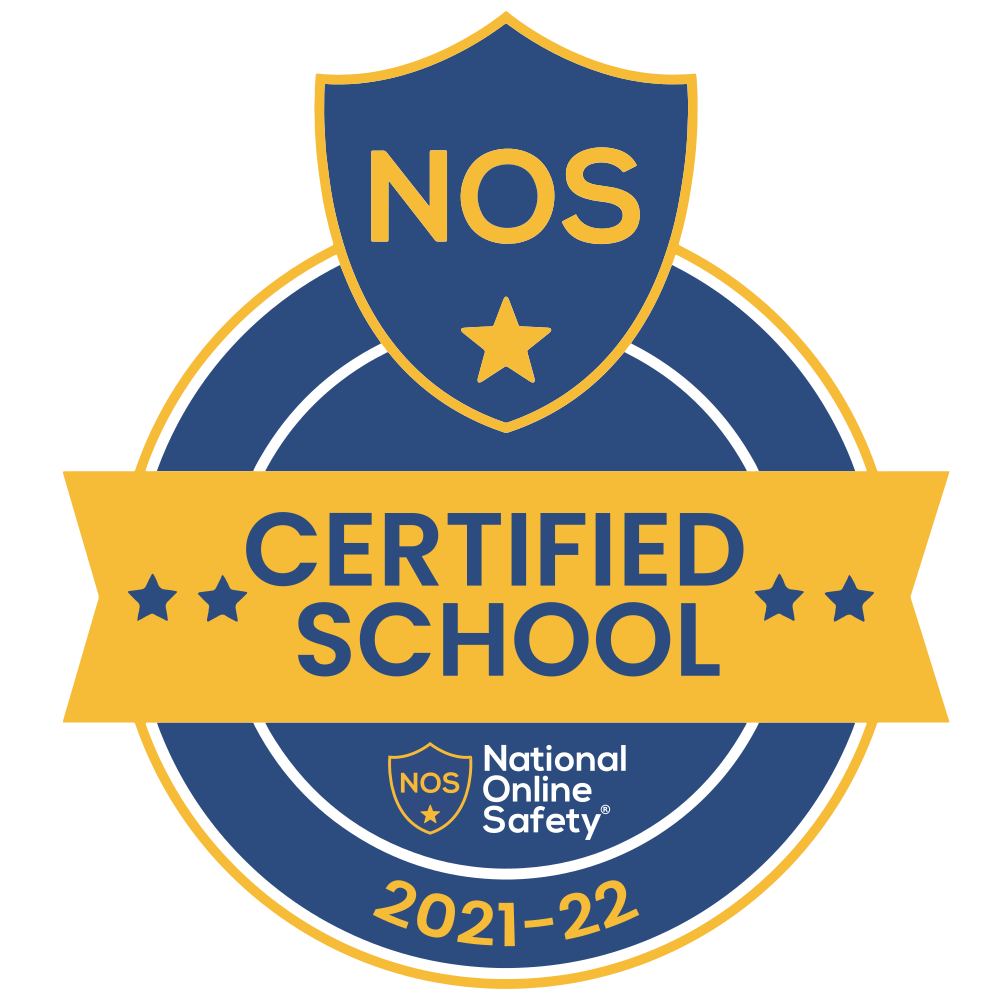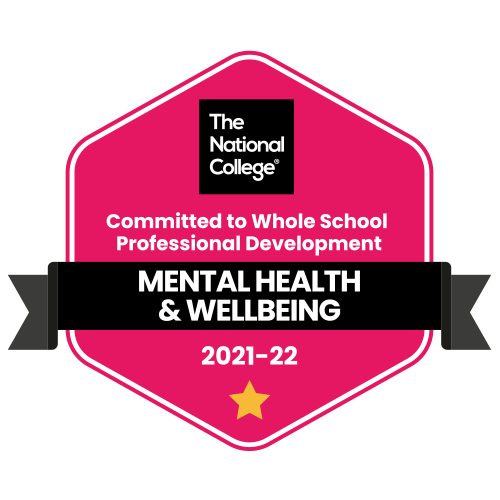Design and Technology
| Design and Technology | |
|---|---|
| Year 7 | Design and technology is an inspiring, rigorous and practical subject. Using creativity and imagination, students should be able to design and make products that solve real and relevant problems within a variety of contexts, considering their own and others’ needs, wants and values. Throughout KS3 DT students learn how to take risks, becoming resourceful, innovative, enterprising and capable designers. DT at HA is divided into three discrete subject areas, Product Design, Textiles and Food, covered by all students throughout the year via a rotation system. Year 7 is very much about students becoming acclimatised to the unique working environments the DT suite of subjects offer, building on their KS2 experience and understanding the importance of working safely within these specialist areas. The emphasis is on iterative design, skill acquisition, and independence through a flexible learning methodology. |
| Year 8 |
In Year 8 students build on and extend their knowledge and understanding of the subject and embed the importance of working safely within each of the specialist areas. The emphasis continues to be the iterative design process, skill acquisition/mastery, and independence through an active and flexible learning methodology. By the end of the year we would expect our students to be able to:
|
| Year 9 |
By the end of Year 9 students should have a general understanding of the key areas within Design Technology - Product Design, Food and Textiles. This is achieved largely through a variety of creative and practical activities, producing outcomes that are made primarily from each of these material groups. Our programmes of study aim to ensure that all pupils:
The teaching methodology utilises an active and flexible learning approach where students access the materials, tools and equipment at point of need and students organise their time appropriately and independently. |
| Year 10 |
Engineering – Through Engineering Design we encourage students to investigate, communicate and evaluate design requirements in order to develop and realise viable and innovative products. Students should apply practical skills to produce a prototype in the form of a model and test design ideas to inform further product development. Through reflection, students evaluate the prototype, making a comparable outcome against specification points, and assess possible, practical solutions and improvements to their prototype design. A practical approach to teaching and learning will provide learners with knowledge in engineering technology and develop their critical thinking, creativity and dextrous skills through engaging practical experiences. Engineering design builds on the skills learnt at KS3 and allows students to develop their skills and knowledge relevant to the engineering sector. Students should be able to explain the design process using the appropriate technical terminology. Understand the need for a design brief and to design products that are fit for purpose. Students should have a good understanding of materials and their properties and be able to make informed choices when identifying the materials and manufacturing processes appropriate to any given design solution. They should be able to explain the benefits behind sustainable design and conduct a life cycle analysis of existing products. Students should be able to use a product design specification to analyse and evaluate their design proposals, and be able to produce a series of design ideas utilising a variety of drawing and rendering techniques. This includes hand rendered drawings in Oblique, Isometric, Perspective, and Orthographic Projections. Students should understand the benefits of designing using CAD and be able to produce both 2D and 3D drawings utilising CAD software. Students should be able to critically analyse their design ideas against appropriate design criteria, and objectively decide which designs answer the specification requirements the best. Food – Students will develop knowledge, understanding and skills required to cook and apply the principles of food science, nutrition and healthy eating. The majority of the specification will be delivered through preparation and making activities. Students will make connections between theory and practice to apply their understanding of food and nutrition to practical preparation. The range of food and ingredients studied will reflect the recommended guidelines for a healthy diet based on the major food commodity groups. Students will calculate and interpret the costs associated with products and compare their value. They will also undertake sensory analysis of a variety of products to gain external feedback for improvements to products. Students will be able to nutritionally analyse dishes using IT software. They will gain lifelong skills to increase independence. Students will perform scientific investigations to study the different properties of a variety of ingredients. There will be a focus on preparing students using practice exam questions to enable them to gain confidence for their GCSE. They will also undertake a three hour practical PPE working in exam conditions with a restricted time frame. This will give students an opportunity to develop their assurance to create three high-standard and successful products. Textiles – Creative and imaginative, the Fashion and Textile design course offers the opportunity to develop highly experimental making skills over a broad range of textile and fashion techniques and applications, such as printing, weaving, mixed media, surface design, embroidery and dressmaking. Practical work is produced by researching and developing ideas using drawing, digital exploration, sketchbooks and worksheets, supported by critical evaluation and an awareness of contemporary and historical influences. In Y10, students improve their ability to develop more sustained projects by exploring their ideas more thoroughly. Students are expected to develop more personal and meaningful ideas using much more refined and accomplished skills. |
| Year 11 |
Engineering – Students should be able to produce a series of design ideas utilising a variety of drawing and rendering techniques. This includes hand rendered drawings in Oblique, Isometric, Perspective, and Orthographic Projections. Students should understand the benefits of designing using CAD and be able to produce both 2D and 3D drawings utilising CAD software. Students should be able to critically analyse their design ideas against appropriate design criteria, and objectively decide which designs answer the specification requirements the best. Students should be able to independently manufacture with reference to appropriate working drawings the chosen product outcome. A range of materials and manufacturing processes should be utilised in accordance with appropriate health and safety guidance. Students should be able to document the production process, highlighting methodologies used in the manufacture of the product. Students should be able to evaluate and test final outcomes and suggest further improvements. Food – Students will consolidate and build upon already established skills that are required to produce high standard products whilst analysing the principles of food science, nutrition and healthy eating. There will be a focus on offering students the ability to translate these skills in practical sessions. Students will make connections between theory and practice to apply their understanding of food and nutrition to practical preparation. Students will complete a ‘NEA 1 Food Investigation Task’. This task will provide an opportunity for students to demonstrate their understanding of the characteristics, functions and chemical properties of ingredients. This task is centered around a written report of 1500-2000 words, including photographic evidence. Additionally, students complete a ‘NEA 2 Food Preparation Assessment’. This will demonstrate student’s knowledge, skills and understanding in relation to the planning, preparation, cooking and presentation of food whilst having an understanding of the nutritional aspects of products. Students will prepare, cook and present a final menu of three dishes within a single period of no more than three hours, giving them the opportunity to understand the importance of planning in advance. These two tasks combined will form 50% of their final grade, alongside a 1 hour 45 minute examination which will create the other 50%. Textiles – Creative and imaginative, the Fashion and Textile design course offers the opportunity to develop highly experimental making skills over a broad range of textile and fashion techniques and applications, such as printing, weaving, knitting, mixed media, surface design, embroidery and installation. Practical work is produced by researching and developing ideas using drawing, digital exploration, sketchbooks and worksheets, supported by critical evaluation and an awareness of contemporary and historical influences. In Y11, students improve their ability to develop more sustained projects by exploring their ideas more thoroughly. Students are expected to develop more personal and meaningful ideas using much more refined and accomplished skills. |
| Year 12 | The A level qualification in design and technology endeavours to ensure a clear progression of knowledge, understanding and design/making skills so that students will have a coherent experience of moving from the breadth of level 2 DT to the specialisation depth of level 3 and beyond. Equipping students with design skills for the future - students will be able to recognise design needs and develop an understanding of how current global issues, including integrating technology, impacts on today’s world. At A level, students will have the confidence to innovate and produce creative design solutions as they develop their own design brief with a client/end user. Students should understand iterative design. Be able to analyse a problem and conduct detailed and relevant research that will inform the production of a detailed and objective product specification. Once produced students should be able use the specification to develop a range of innovative and viable designs that meet both the client and specification requirements. Produce designs using a variety of drawing and rendering techniques with reference to relevant knowledge and understanding of materials and processes. Evaluate objectively and rationalize appropriate improvements to design proposals. Improve practical skills and increase knowledge with regards to the operation and implementation of a wide variety of modern manufacturing techniques including CAD/CAM. Gain knowledge of a wide variety of materials and manufacturing processes and justify appropriate choice. |
| Year 13 | Students should be able independently manufacture their design proposal and record with notes and photographs the whole process. Students should make improvements and modifications where appropriate. Students should be able to understand how modern manufacturing systems are used in industry to manufacture outcomes efficiently and safely with minimal negative impact on the environment. Students should be able to identify quality control measures used in both industry and their own manufacturing processes. |


